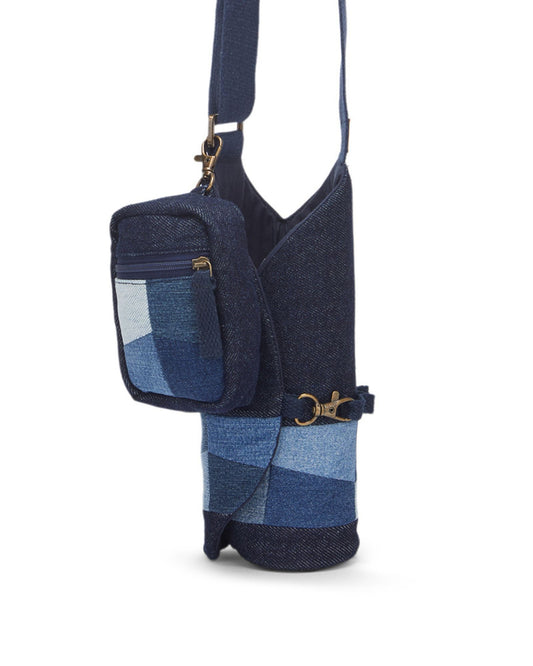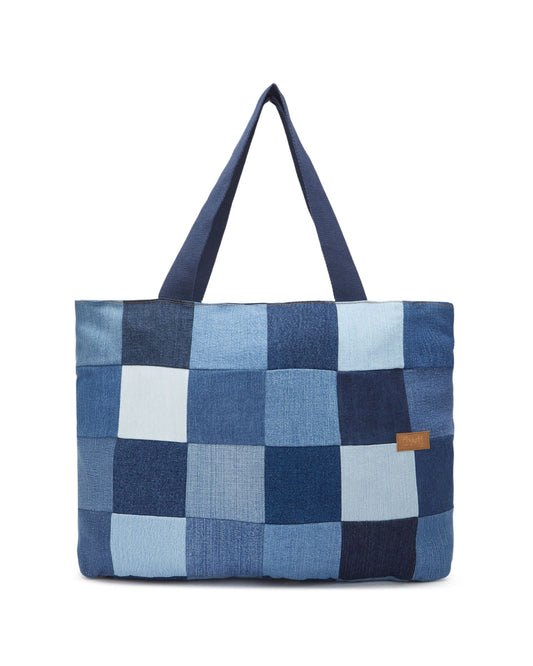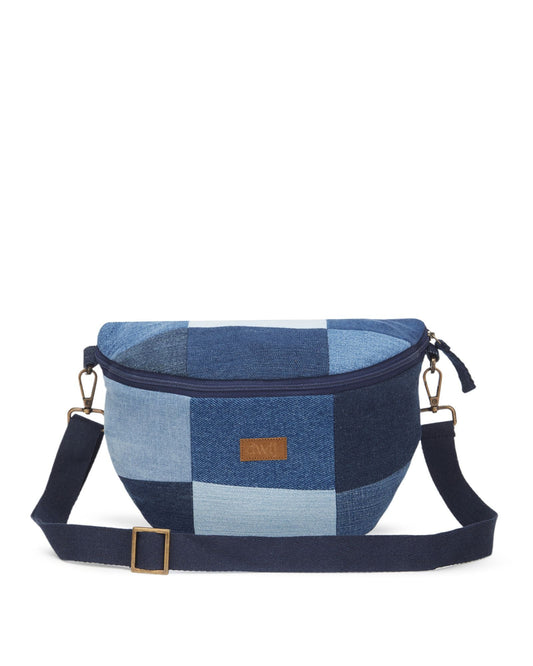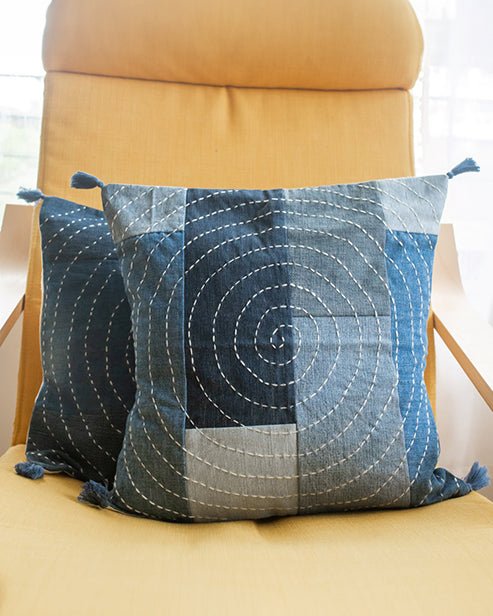
One of the most common queries that we receive from customers is,
“You get all your raw material for almost free. Your products should be cheaper than any other similar one from the market!”
Knowing the reality behind upcycling is important to understand why such products are more “value for money” than a virgin material product from the market.
Dwij highlights a few nuances on the process.
1. Economies of scale
Upcycling is by principle, usage of whatever material that is made available at any point in time. Generally, this material is highly non-homogenous in nature, while significant effort is spent in sorting and cutting the material into the right shapes and sizes. The process is more similar to a ‘tailor shop’ than a factory ‘shop floor’.
2. Additional accessories
While only the underlying material is generally upcycled, many additional accessories are involved in manufacturing such as sliders, zips, belts etc, which involve an added cost and often more expensive than the underlying material itself.
3. Products that are built to last
One of the underlying reason for upcycling is to increase the life of a material. Naturally, an upcycled product too should be built to last. Thus, all accessories need to adhere to high quality standards, which obviously come at an added cost.
4. We have little control over the choice of raw material
In virgin manufacturing, raw material that is sourced can be of a desired type and quality at a pre negotiated price. Further, virgin raw materials can be sourced in bulk too. Whereas in upcycling, sourcing is done from various places leading to additional transportation costs. Further additional steps are involved too such as sorting, washing, customized processing, higher degree of quality assurance etc.
5. Attention to hygiene
Since the raw materials for upcycled products are second hand in nature, high attention needs to be given to hygiene and washing procedures, such that the customer views an upcycled product at par with a virgin material product. These hygiene procedures also involve logistical complexity.
6. Ethical work practices
Principally, when we talk about caring for our environment, naturally we feel it is equally important to care about our employees too in terms of payment of wages and maintaining ethical work environment (ref. dwij blog post on "Slavery in fashion")
7. Marketing overheads
Upcycled products typically fall in a stage where the market for such products is still developing. In this stage, each player in this market needs to educate the customer in their own way for using these products, leading to an indirect marketing overheads.
Most often, virgin material products have simpler manufacturing cycle, with lesser complexities. They would seldom face the above challenges. In addition, many non ethical practices in textile industry are widespread, such as slavery and non-payment of labor dues. It has been widely reported that many global fashion brands adopt environmentally hazardous inventory and waste disposal processes such as landfilling or incineration. We may commonly perceive that luxury fashion brands charge a premium since they may adopt ethical labor practices and environmentally friendly manufacturing processes. In reality, many of the famous brands would just be doing the opposite. Dwij has earlier highlighted these aspects in the following articles – “Globalization and consumerism” and “Slavery and fashion – is there a connection?”
As a consumer, we need to be sensitized that when we buy a product, we are not just paying for the value that we receive for that product. When we ask ourselves whether upcycled products are really “value for money”, we also need to remember that we paying for the cause behind manufacturing of the product, and for maintaining the environment that we live. The biggest issue in this industry is the lack of transparency and lack of ethics in the manufacturing processes, leading to cheap prices.
If a product that we buy is cheap today but is likely to create a huge environmental burden tomorrow, is it truly cheap?





